Outdoor lighting is A great way to enhance the look of any home or landscape, Providing A warm And inviting atmosphere. While choosing the right fixtures And bulbs are important factors in creating an outdoor oasis. Selecting the correct wire for your wiring needs is equally crucial. Choosing the wrong wire can result in electrical hazards, Malfunctions, And potentially costly repairs. In this article, We will explore what wire to use for outdoor lighting. We’ll discuss different types of wires available on the market today, Their features, Pros, And cons. As well as provide tips on how to choose the best type of wire for your specific outdoor lighting project.
Here Are Some Guidelines For What Wire To Use For Outdoor Lighting
Understanding Wire Gauge
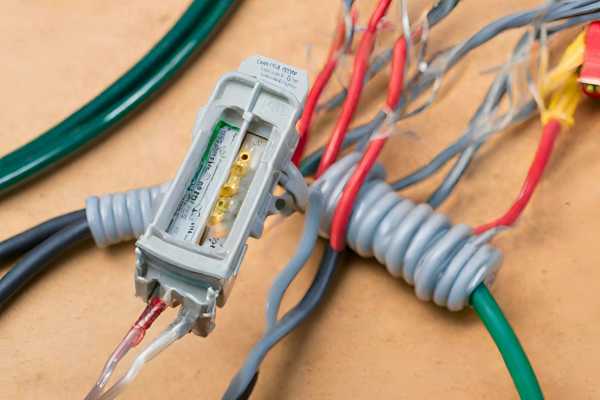
A significant consideration when choosing outdoor lighting wires is A measure of A wire’s thickness And its capacity to carry electric current. Essentially, The lower the gauge, The thicker the wire, And the more current it can handle. A 12-gauge cable is typically suitable for most residential exterior illumination setups. If your exterior illumination project includes longer runs or high-wattage fixtures. You may need to consider thicker, Lower-gauge wires, Like 10-gauge or 8-gauge. Always consult with A qualified electrician or follow local electrical codes to ensure safety And efficiency in your lighting project.
Determining Voltage Drop
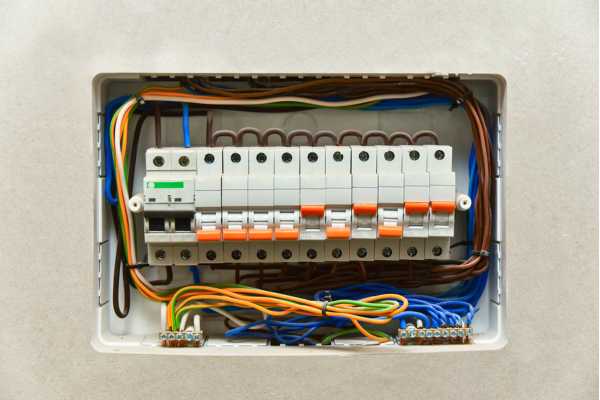
Voltage drop is another critical aspect to consider when selecting outdoor lighting wire. This refers to the decrease in electrical voltage experienced as electric current moves along A wire. Voltage drop is especially relevant for longer cable runs And can result in dimmer lighting than desired. Low-voltage LED landscape lights might not shine as brightly if the wires used are too thin or too long, Leading to A noticeable voltage drop. This is why it’s essential to choose the correct wire gauge. A thicker wire can help mitigate voltage drop across long distances.
Selecting The Right Wire Material
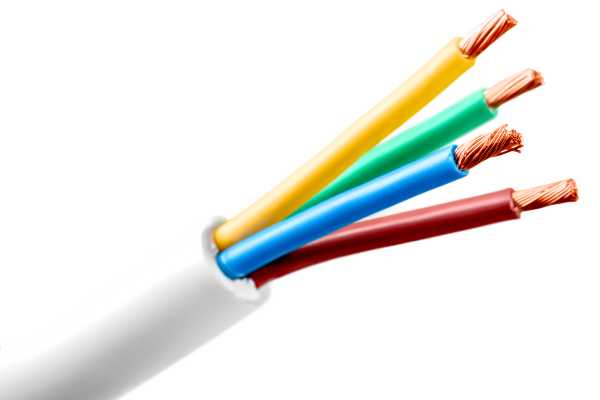
The wire material also plays A role in your outdoor lighting project. Copper is often A top choice due to its excellent conductivity And flexibility. It can be quite costly And may not be necessary for all projects. While less conductive than copper, Is A more economical choice And suitable for many exterior illumination installations. It’s vital to make an informed choice, Bearing in mind your project’s requirements And budget.
Weather Resistance And Outdoor Use
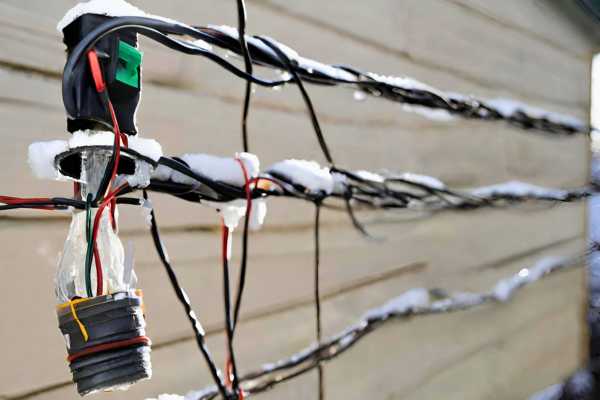
Consider the fact that it will expose to various weather conditions, including heat, Cold, Rain, And snow. You must adequately insulate the wire And ensure that it is rated for outdoor use. Look for wires labeled “UV-resistant” or “water-resistant” to ensure they can withstand these elements. Burying your wires in the conduit will provide an additional layer of protection against outdoor elements And potential damage from gardening activities. The key is to select A cable that is durable, Safe, And capable of standing up to the rigors of outdoor use.
Choosing The Proper Wire Insulation
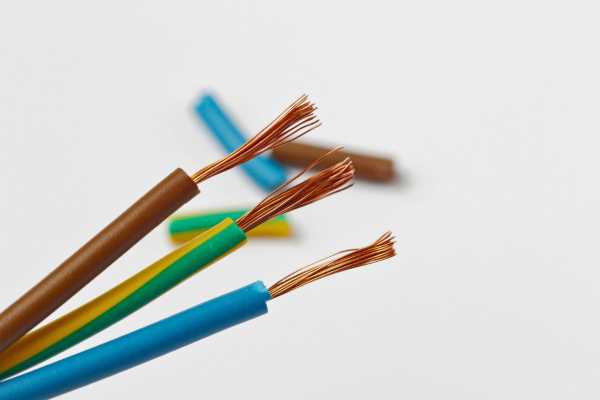
The insulation material used in your outdoor lighting wire is paramount in determining its longevity And performance. The insulation must be capable of withstanding exposure to sunlight, Moisture, And temperature fluctuations that come with outdoor environments. PVC (Polyvinyl Chloride) is a common insulation material apply for its resistance to UV light And water, While also being A cost-effective choice. For regions with extreme temperature variations, Insulation from materials like Teflon or silicone may prefer, As they provide excellent heat And cold resistance.
Considerations For Underground Wiring
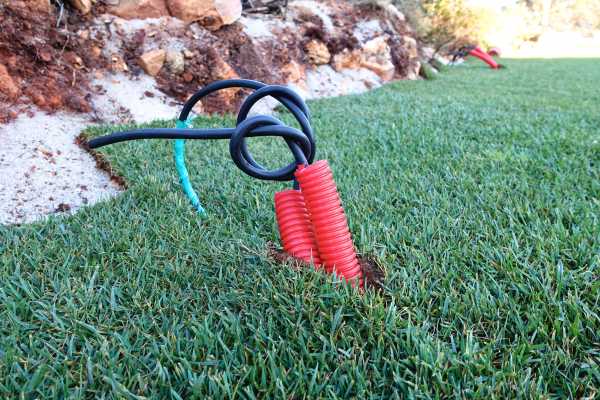
When wiring is meant to be buried underground, Specific considerations must take into account. The wire chosen must have A robust insulation layer designed to resist moisture, Soil acidity, And potential damage from insects or gardening activities. Direct burial (DB) cable is designed specifically for this purpose, As it can be buried directly without the need for additional conduit. Thereby reducing the installation cost And time. Always verify the depth at which the cable needs to be buried following local building codes.
Connecting Multiple Fixtures
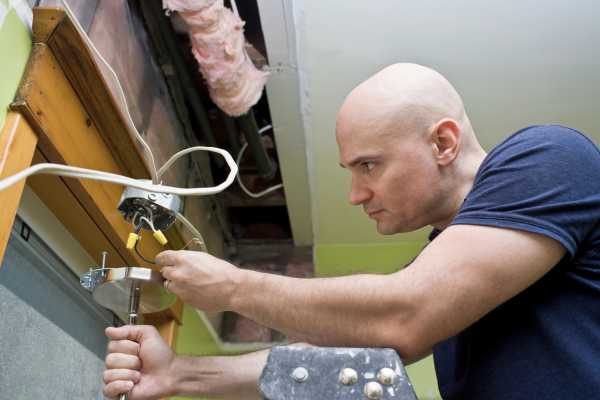
Connecting multiple fixtures on A single run of wire is A common practice in outdoor lighting, Especially in landscape or pathway lighting. This should be done carefully to avoid overloading the circuit. Parallel wiring, Where each light fixture is directly wired to the power source, Is often preferred to ensure uniform brightness across all lights. Keep in mind that every additional light increases the load on the cable. Which could result in A higher voltage drop if not properly accounted for. It’s crucial to correctly calculate the total wattage of your fixtures And choose A wire gauge that can handle it.
Considerations For Low Voltage Lighting
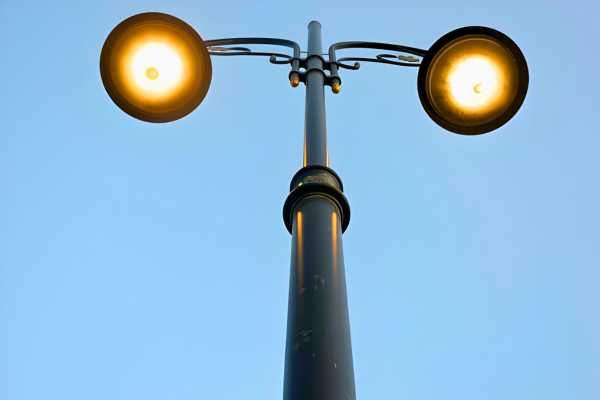
Low-voltage lighting is A popular choice for outdoor settings due to its energy efficiency And safety. When dealing with low-voltage lighting (usually 12 or 24 volts), A transformer is used to step down the standard household voltage. While low-voltage systems have the advantage of being safer And more energy-efficient, They are more susceptible to voltage drop. It’s crucial to limit the length of the wire runs, Use the appropriate wire gauge, distribute the load evenly across the circuit to prevent significant voltage drops, And ensure uniform lighting.
Proper Wiring Techniques
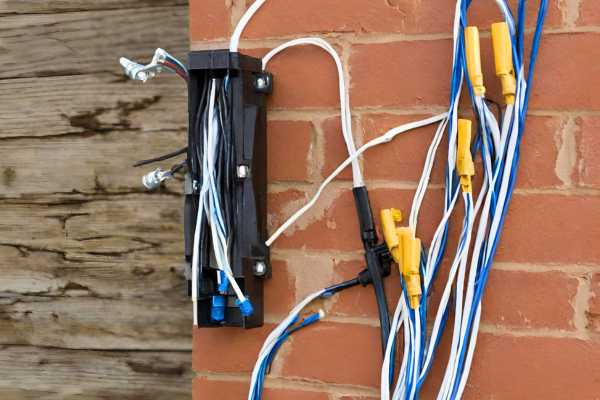
Appropriate wiring techniques are essential to ensuring that your outdoor lighting works efficiently And safely. One important technique is to use weather-resistant wire connectors, Which prevent corrosion from moisture exposure. Another good practice is to maintain polarity by matching the wires’ colors usually, Black is to black, And white is to white. Parallel wiring is also often recommended for exterior illumination, As it allows equal voltage across all fixtures And helps avoid dim lights due to voltage drops. You should always avoid overloading A circuit by adding too many light fixtures, Which could cause excessive heat And potentially A fire hazard.
Safety Precautions
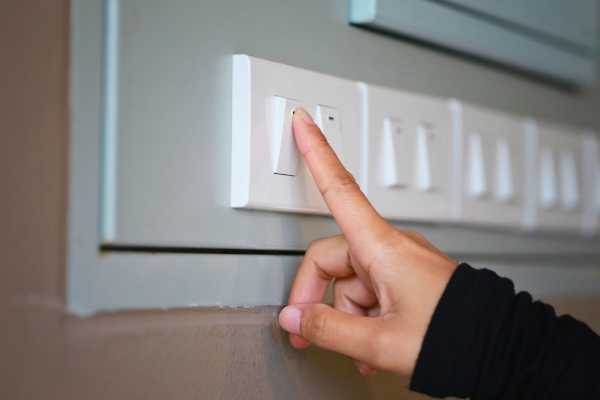
Safety should always be the primary concern when dealing with or fixing outdoor lighting wiring. Always turn off the power at the circuit breaker before beginning any wiring project. Use tools with insulated handles, Wear rubber-soled shoes, And avoid working in damp conditions to prevent electrical shock. Also, Outdoor wire is adequately insulated or encased in conduit to protect against weather elements And physical damage. All outdoor electrical installations should comply with the National Electrical Code (NEC) And local regulations to ensure safety.
Maintaining And Inspecting Outdoor Wiring
Regular maintenance And inspection of your outdoor wiring can help to extend its lifespan And ensure it remains safe to use. Look out for signs of wear And tear, Such as frayed wires or damaged insulation, As these can expose the wire to moisture And potentially cause A short circuit. Keep an eye out for any changes in your outdoor lighting, Such as flickering or dimming lights, Which could signal A problem with the wiring. In the event of severe weather, It’s especially important to check your outdoor wiring for any potential damage.
Hiring A Professional Electrician

While some outdoor lighting projects can be A DIY endeavor, It’s often best to hire A professional electrician for more complex installations or if you’re unsure about the process. A licensed electrician will understand the correct wire gauge, Material, And techniques to use, As well as local electrical codes And safety standards. They can also troubleshoot any issues that arise And ensure that they complete the project safely And effectively. It’s always preferable to be cautious than sorry when working with electricity because it might be harmful.
Common Problems With Outdoor Lighting Wiring
Outdoor lighting installations are subject to A unique set of challenges due to their exposure to the elements And the often complex nature of their setup. One of the most common problems with exterior illumination wiring is corrosion due to moisture. If the insulation on the wires or the fixtures themselves is not sufficiently waterproof, Water can cause the wires And connectors to rust, Impairing their conductivity And potentially leading to system failure.
Voltage drop is another prevalent issue, Especially in systems that have many lights or very long runs of wire. As electricity travels along the length of the wire, Resistance causes the voltage to drop, Which can result in the lights at the end of the circuit being noticeably dimmer than those closer to the power source.
Physical damage can occur, Often from gardening tools or animals that might chew through the wire’s insulation. This damage can expose the bare cable, Making it vulnerable to the elements And posing A potential safety risk.
Troubleshooting Wiring Issues
Safety needs to be your top concern when trying to solve these problems. Always shut off the power before beginning any work on your exterior illumination system. For issues related to corrosion, Look for signs of rust on the wires And connectors. This might require you to replace those components to ensure A good electrical connection.
If you’re experiencing A voltage drop, Consider using A voltmeter to measure the voltage at different points along the circuit. If the voltage at the circuit’s end is substantially lower than expected, You might need to use A stronger wire or shorten the circuit to fix the issue.
Visually inspect the wiring for any obvious signs like tears in the insulation or bite marks. Damaged sections of wire should replace immediately to prevent any further issues. If after these troubleshooting steps, You’re still experiencing problems, It’s A good idea to call A professional electrician. Some issues may require A more in-depth understanding of electrical systems And could be dangerous if not addressed properly.
Conclusion
Choosing the right wire for outdoor lighting is crucial for ensuring safety And functionality. It is important to consider the specific needs of your lighting project, Such as distance, Voltage, And weather conditions. Always use quality materials And follow proper installation techniques to avoid any potential hazards. By taking these precautions, You can enjoy A well-lit And secure outdoor space for years to come. Don’t hesitate to consult with A professional if you have any doubts or questions about which wire to use for your particular situation. Your safety is worth the investment in high-quality wiring materials.
